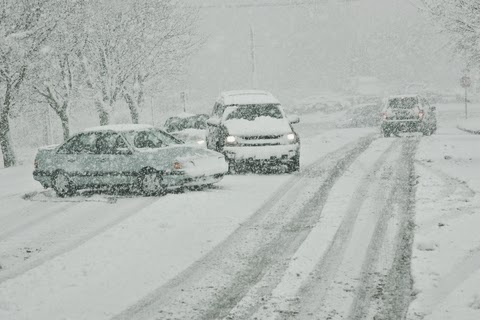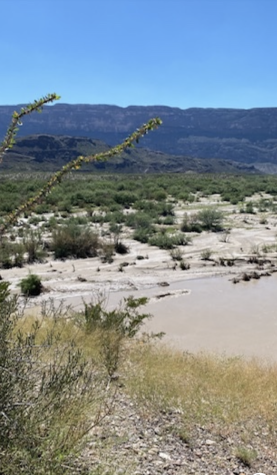WINTER TRAVEL SAFETY
Tips and Tricks to Stay Safe on the Road This Winter
Here in Texas our seasons and weather never conform to the norm. Usually, November through February are considered to be the cold months. But we are often too excited about getting away on vacation to worry about packing safety equipment or preparing for long road trips. Below are some things that you can do to ensure the safety of you and your family on those much-deserved vacation’s this winter.
The number one thing you should always do, before you even leave your home, is to let someone know where you are going, when you will be leaving, and how long you anticipate it taking you to get there. You can take it one step further and give them a copy of your itinerary, especially if you are traveling out of state or out of the country. If you plan on doing most of your traveling by car, it is essential that you check your spare tire to make sure that it is not flat. Even though you may have never used your spare tire, it does lose air over time. There’s nothing worse than putting all that work into changing a flat tire to find that the spare is also flat.
Next, check the weather forecast. Depending on your destination, you may run into snow, ice, or even a blizzard. You may want to adjust your travel plans depending on any bad weather in your path. And lastly, pack extra clothes and snacks. If you find yourself stranded on the side of the highway during a blizzard or impassable roads, you need to have extra clothes and food available. Extra socks to keep your feet dry, extra sweaters or coats to keep your body dry and warm. Pack extra snacks and water in case you are stuck in your car while waiting for help to arrive. Many people think that when they are being rescued during a bad winter storm that help should arrive in a short amount of time. Many times, that is not the case. You could wait for many hours before rescuers can get to you and get you to safety. Most importantly, know your location. If you’re not familiar with the area, use Google Maps to see where you are.
Here are a couple of resources to put to use:
https://www.dps.texas.gov/director_staff/public_information/strandedmotoristhotline.htm







